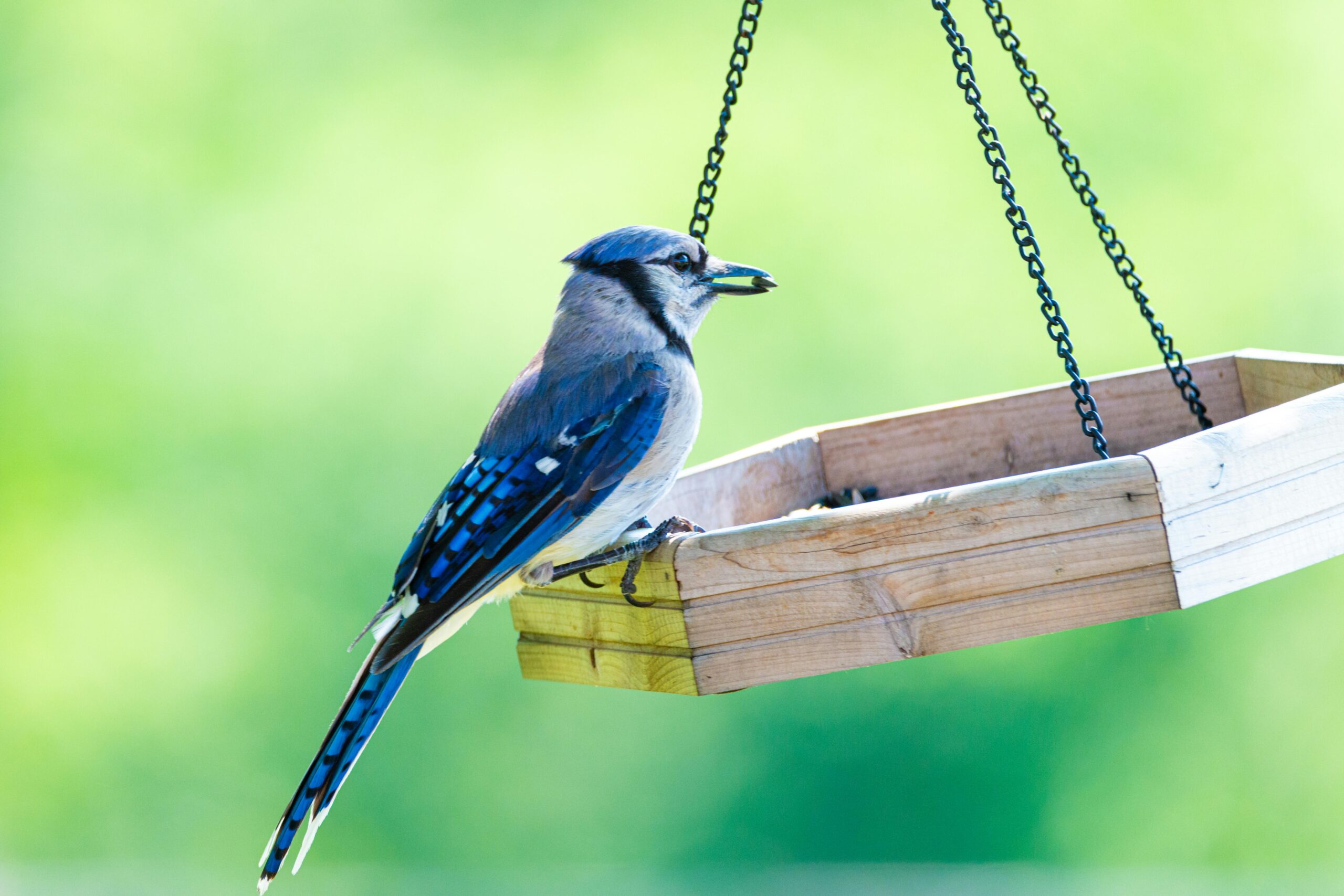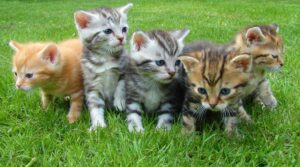
How to Create a Bird-Friendly Backyard
Attracting Birds to Your Backyard
Creating a Welcoming Habitat in your backyard is essential to attract a variety of bird species. Begin by incorporating diverse vegetation, including trees, shrubs, and flowers. This will provide birds with shelter, nesting sites, and places to perch. Additionally, consider adding bird-friendly features such as bird baths or fountains, which will attract birds in search of water for drinking and bathing.
Choosing Bird-Friendly Plants is another crucial step in attracting birds to your backyard. Opt for plants that produce berries, seeds, or nectar, as these are excellent sources of food for many bird species. Native plants are especially beneficial, as they are well adapted to the local environment and can provide food and habitat for a wide range of native birds. By selecting a variety of plants that bloom at different times of the year, you can ensure a constant food source to attract birds throughout the seasons.
Creating a Welcoming Habitat
One of the first steps in attracting birds to your backyard is to create a welcoming habitat for them. This means providing them with a safe and suitable environment where they can find food, water, and shelter. Start by incorporating a variety of native plants in your landscape, as they provide natural food sources and refuge for birds. Consider planting trees, shrubs, and flowers that produce berries, seeds, or nectar, as they are especially attractive to many bird species. Additionally, having a mix of plant heights and densities will offer different perching and nesting opportunities for birds.
Choosing Bird-Friendly Plants
Choosing bird-friendly plants for your backyard is an excellent way to attract and support a diverse range of bird species. When selecting plants, consider those that provide food sources such as berries, seeds, or nectar. Native plants are often the best choice as they are well adapted to the local environment and will attract insects, which are an essential source of protein for many bird species.
In addition to food sources, it is important to choose plants that provide shelter and nesting opportunities. Dense shrubs and trees with branches close together offer great roosting and nesting spots for birds. Look for plants with varied heights and structures to create layers in your garden, providing different perching and nesting opportunities for birds of different species. By selecting a variety of bird-friendly plants, you can create a habitat that will attract birds throughout the year, providing them with the resources they need to thrive.
Providing a Water Source
Birds need access to clean and fresh water for drinking and bathing. By providing a water source in your backyard, you are not only helping them quench their thirst but also creating an inviting environment for them to linger. The easiest way to offer water to birds is by installing a bird bath. Choose a shallow dish with a rough surface to prevent birds from slipping, and place it in a quiet and safe area. It is essential to clean and refill the bird bath regularly to ensure the water remains hygienic and enticing for our feathered friends.
In addition to a traditional bird bath, you can also consider incorporating a water feature such as a small pond or a fountain into your backyard. These provide a continuous supply of flowing water, which can be particularly appealing to birds. Make sure to balance the size of the water feature with the available space in your backyard, and select bird-friendly features that are safe for all wildlife. Not only will a water source attract birds, but it will also contribute to the overall aesthetic appeal of your outdoor space, creating a tranquil atmosphere for you to enjoy as well.
Building Nesting Boxes
Nesting boxes are a valuable addition to any bird-friendly backyard, providing safe and suitable housing for our feathered friends. These boxes can be specifically designed to cater to the nesting requirements of different bird species, encouraging nesting activity and promoting successful breeding. When constructing nesting boxes, it is important to ensure that they are made from durable and weather-resistant materials to withstand the elements throughout the seasons. Additionally, the size and shape of the box should be appropriate for the intended bird species, offering enough space for comfortable nesting and raising their young. By providing suitable nesting boxes, we can greatly increase the chances of attracting a greater variety of birds to our backyard habitats.
Placing the nesting boxes in strategic locations within the backyard is essential to attract birds and encourage their use. Optimum placement is typically on trees or poles, away from direct sunlight, wind, and potential predators. Additionally, it is crucial to ensure that the nesting boxes are facing away from prevailing winds to provide a comfortable and safe environment for the birds. By carefully selecting the location for each box, we can further enhance the chances of successful nesting and increase the overall bird population in our backyard.
Offering Food Options
Birds need a varied diet that includes both seeds and insects. Providing a range of food options will attract a greater diversity of bird species to your backyard. Consider offering a variety of bird feeders with different types of seeds, such as sunflower, safflower, and nyjer. Additionally, suet feeders can be filled with high-energy suet cakes that will attract birds like woodpeckers and nuthatches. Don’t forget to regularly clean and refill the feeders to ensure they are always stocked with fresh food.
In addition to feeders, you can also attract birds by planting fruit-bearing trees and shrubs. Fruits like berries and cherries are a favorite among many bird species and will provide an abundant food source. Native plants are particularly beneficial as they have co-evolved with local birds and offer the most nutritious and suitable food. Furthermore, consider leaving some flower heads intact, as they can provide an additional food source in the form of seeds for birds to forage on. By providing a variety of food options, you can create a bird-friendly environment that will attract and support a wide range of bird species in your backyard.
Minimizing Pesticide Use
To ensure a bird-friendly backyard, it is crucial to minimize the use of pesticides. These chemicals can have detrimental effects on birds and their habitats. Pesticides not only kill the harmful insects but also the beneficial ones that birds rely on for food. Instead, consider implementing natural pest control methods such as attracting birds that naturally eat insects or using organic pest control products. By reducing the use of pesticides in your garden, you are not only protecting the health of birds but also creating a safer environment for all living creatures.
In addition to the potential harm they can cause to birds, pesticides can also contaminate their food sources. Birds often eat berries, seeds, and insects that may have come into contact with pesticides. This can result in the birds ingesting these harmful chemicals, which can have long-term effects on their health and reproductive capabilities. By choosing alternative methods of pest control and minimizing pesticide use, you are safeguarding the well-being of not only the bird species that visit your backyard but also the entire ecosystem in which they thrive.
Reducing Window Collisions
Windows can pose a significant danger to birds, often leading to fatal collisions. To help reduce these incidents, there are several steps you can take to make your windows more visible to birds. One effective method is to apply window decals or stickers, which create a pattern that birds can see and avoid. Placing these decals on the outside of the window, preferably spaced closely together, can make a noticeable difference in preventing collisions. Another approach is to install window screens or netting on the outside of your windows. These barriers can act as a physical deterrent, preventing birds from flying directly into the glass. By implementing these measures, you can significantly reduce the risk of window collisions for the birds visiting your backyard.
In addition to decals and screens, modifying the view outside your windows can make them less hazardous for birds. By positioning bird feeders, baths, or other enticing elements at a safe distance from windows, you can divert bird activity away from the danger zone. This helps redirect their flight paths and reduces the chances of collisions. If possible, consider incorporating landscaping features, such as trees or shrubs, near your windows. These natural barriers can create a buffer zone and act as landmarks to guide birds away from the glass. By making simple adjustments to your windows and their surroundings, you can provide a safer environment for the birds in your backyard.
Managing Invasive Species
One of the key aspects of maintaining a bird-friendly backyard is managing invasive species. Invasive species can cause significant harm to the ecosystem by outcompeting native plants and disrupting the balance of food sources. It is important to be proactive in identifying and controlling these species to protect both the local bird population and the overall health of your backyard.
Regularly inspect your backyard for any signs of invasive plants and take immediate action to remove them. This may involve manually pulling out weeds or using appropriate herbicides sparingly and judiciously. By preventing the spread of invasive plants, you create a more favorable environment for native species to thrive and attract a diverse range of birds to your backyard.
Maintaining Your Bird-Friendly Backyard
In order to keep your backyard bird-friendly, regular maintenance is necessary to ensure it remains a safe and inviting habitat for our feathered friends. One essential aspect of maintenance is keeping the area clean. This includes regularly removing any fallen branches or debris that may obstruct bird paths or nesting areas. Additionally, cleaning and refilling bird feeders and birdbaths on a consistent basis is crucial to prevent the spread of diseases among the avian visitors.
Another important aspect of maintaining a bird-friendly backyard is monitoring the health of the plants and trees within the area. Regularly inspecting for any signs of disease or infestation, and promptly addressing these issues, will help protect the surrounding habitat and food sources for the birds. Regular pruning of overgrown plants and trees can also prevent them from becoming hazardous to the birds or potentially blocking their flight paths. By taking these measures, you can ensure that your backyard remains a safe and welcoming haven for our avian neighbors.


